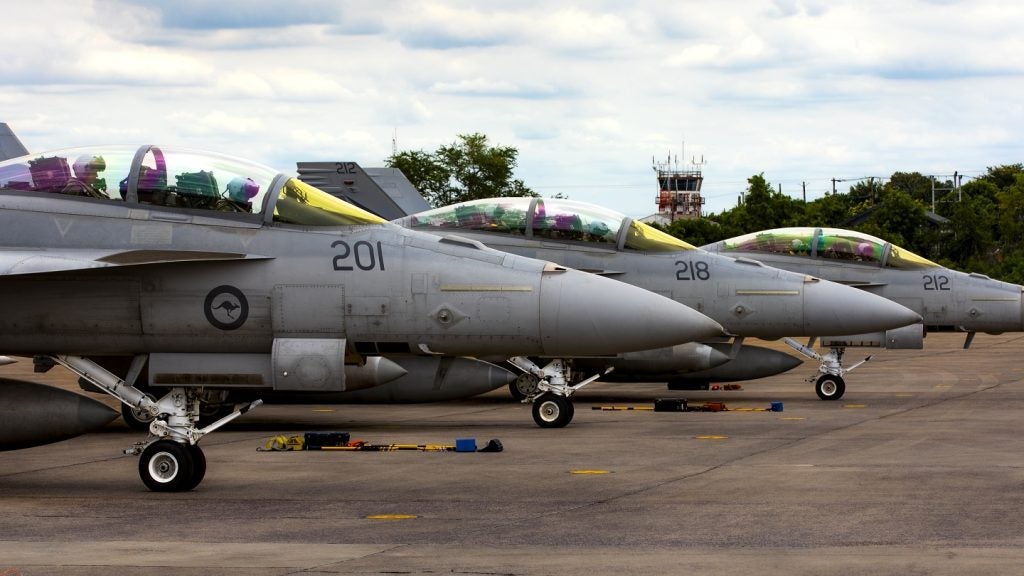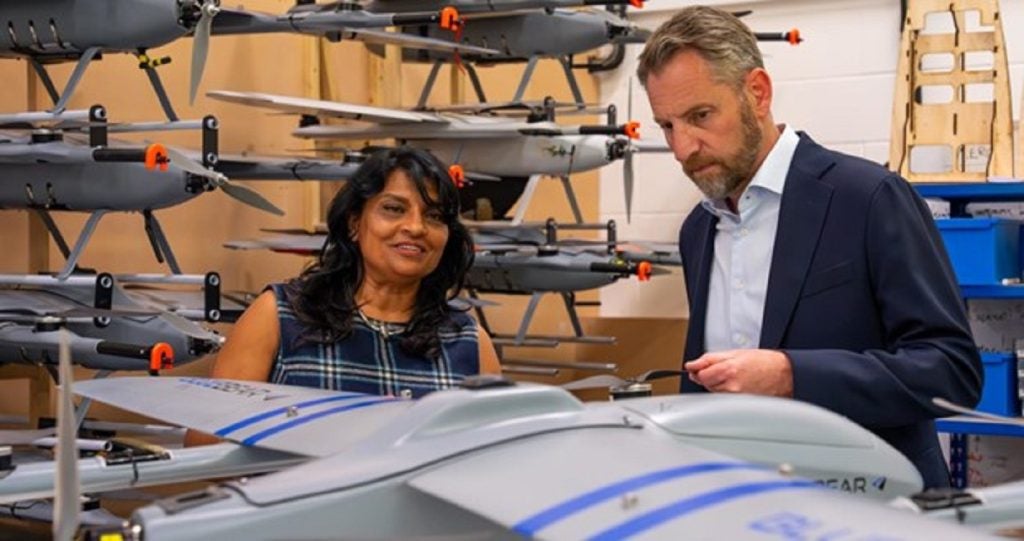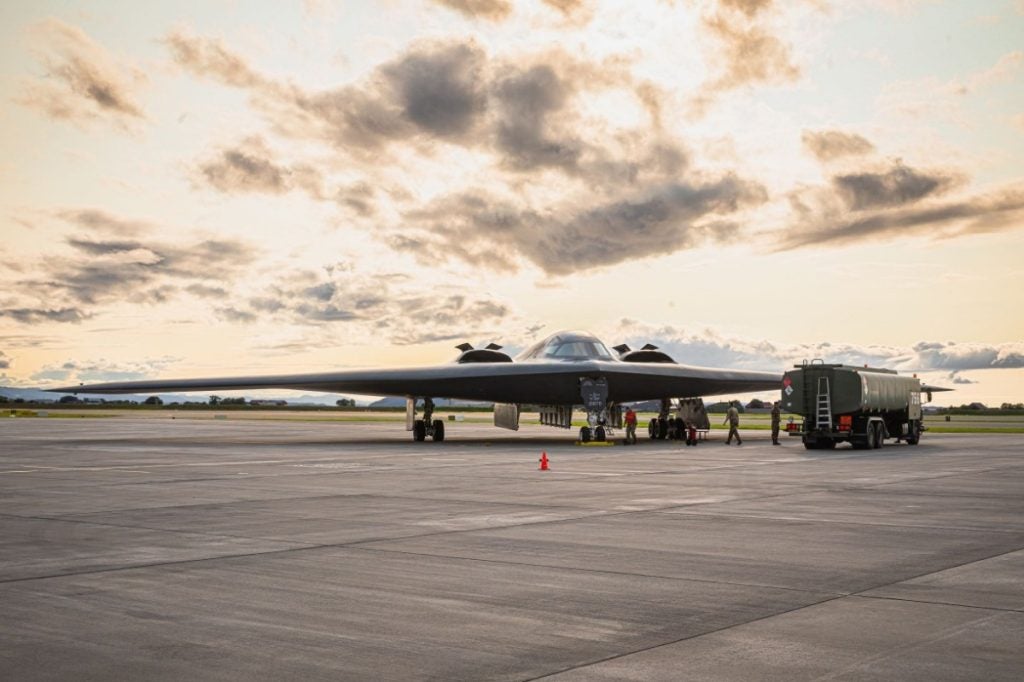The Royal Australian Air Force (RAAF) returned from combat air training with personnel and aircraft of the Royal Thai Air Force (RTAF) under Exercise Thai Boomerang 23, the first such iteration of the biennial event since the Covid-19 outbreak in 2019.
The exercise involved F/A-18F Super Hornets from 1 Squadron RAAF working alongside RTAF F-16 Fighting Falcon and JAS-39 Gripen fighters. The RAAF also embedded a Combat Support Group firefighter plus a 452 Squadron air traffic controller with their respective RTAF counterparts.
According to a release from the Australian Ministry of Defence, Exercise Thai Boomerang 23 focused on “enhancing interoperability between the two forces through dissimilar air combat training and large-force employment scenarios”.
RAAF Wing Commander Sean Hamilton, commanding officer 1 Squadron, said the exercise exposed Australian aircrew to fighting alongside dissimilar aircraft.
“They had to work collaboratively with their RTAF counterparts to understand each other’s capabilities and to develop effective integrated mission plans and this experience has strengthened their ability to partner with the RTAF in the future,” Hamilton said.
“Additionally, our squadron has benefited from working in the South-East Asian tropical environment and our aircrew and maintenance have worked through heat, humidity and thunderstorms to generate airpower.
“We have followed the lead of the RTAF and learnt from their experience operating in this environment.”
Western-aligned countries of the Asia-Pacific region are embarked on a campaign of influence to develop ties with neighbours and deter China’s expansion. Reflecting Thailand’s importance as a key partner in the Indo-Pacific to Australia, the Australia-Thailand relationship was elevated to a Strategic Partnership in November 2020.
Striking difference in two countries’ defence spending
According to GlobalData’s Australia Defense Market 2023-2028 report in 2023, the Australian Government allocated $38.1bn (A$59bn) to its total defence budget, recording a compound annual growth rate (CAGR) of 6.6% during 2019–23. The country's defence budget is expected to grow at a CAGR of 5.2% over the forecast period, to reach $48.3bn in 2028.
Meanwhile, Thailand’s defence budget has struggled in recent years, with 2023 funding at $4.5bn, a CAGR of -2.2% during 2019-23. However, the county’s defence budget is expected to grow at a CAGR of 5.8% over from 2023-2028, to reach $6bn.











